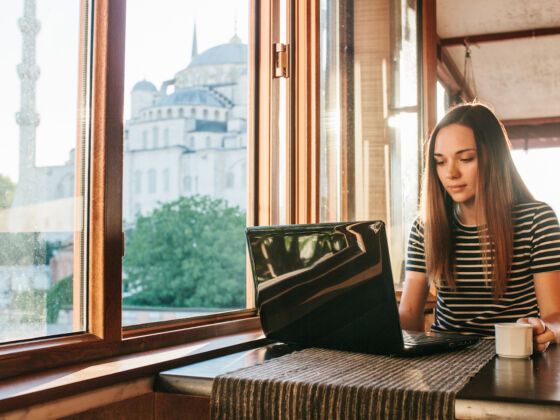1. Santiago, Chile
Ever heard of the Chilecon Valley? The Chilean government has worked to put Santiago on the world start-up map since 2010 with its Start-Up Chile initiative. With flexible immigration policies, friendly tax system, a remarkably transparent bureaucratic system, modern infrastructure, and radical access to both coastal and mountain exploration opportunities, Santiago is a unique creative-friendly option in Latin America. Annual events include Santiago a Mil Art Festival in January, The S Factory pre-accelerator for women in June, Santiago International Film Festival in August, and the Santiago International Book Fair in October.
